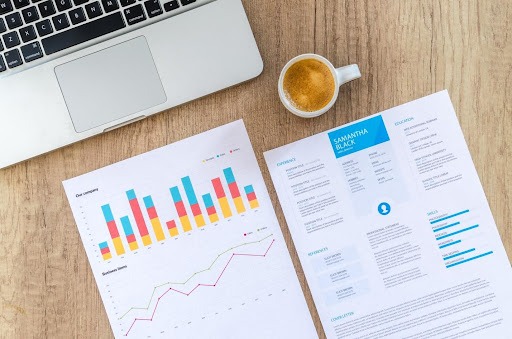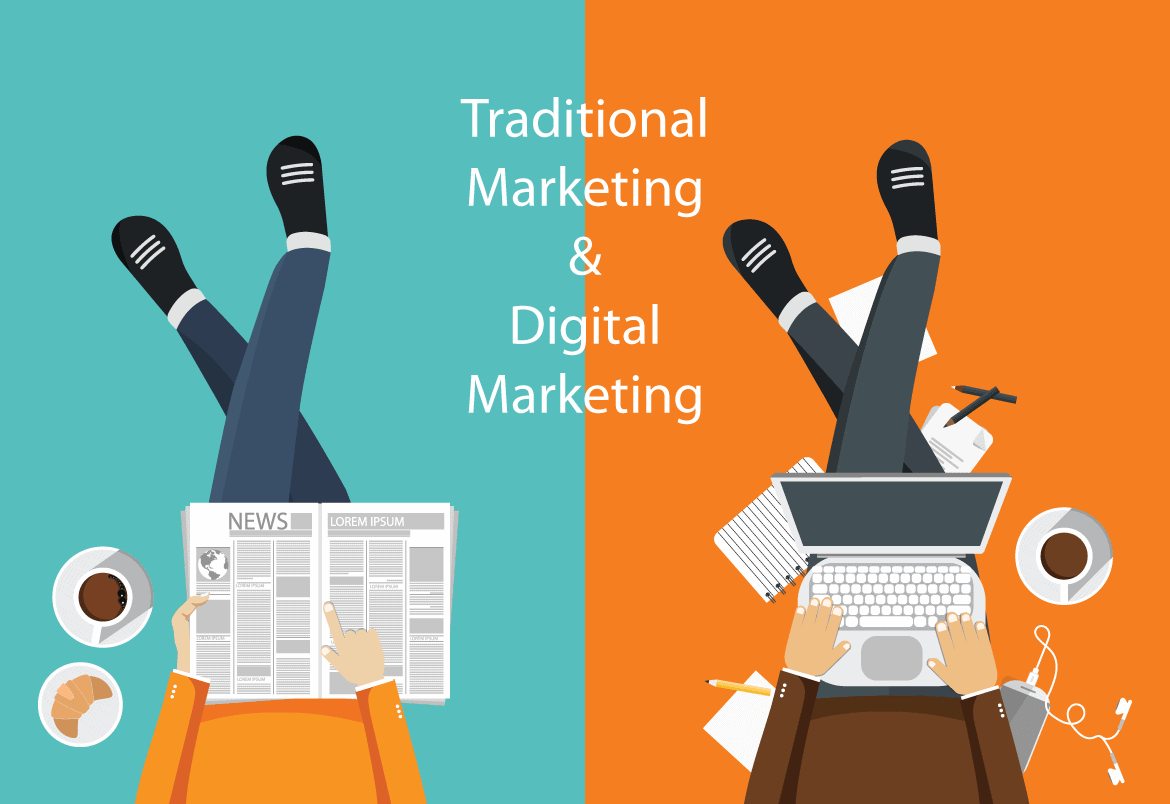Are you looking to gain popularity within your company or organization? Perhaps you need a way to present engaging and informative data.
In other words, are you looking to use excellent data presentation?
If you answered yes, you should consider investing in great visual aids. This is to ensure your presentations don’t fall flat. Read on to find out how to present data for better results.

Identifying the Need
The most important thing when using informative visual aids to present data is identifying the need. It is essential to determine what format, type, and level of data is needed for the specific audience.
Knowing what the audience needs and how they plan to use the data is critical for the presenter. Before going any further, ask specific questions to better understand the audience’s needs.
Questions could include intended reactions and goals the receivers may have for the presentation. Also, examine the information’s time and complexity and tailor it to the audience’s needs.
After identifying the need and audience, selecting the best visual to present the data will be much easier. All the data contained will most likely be easily understandable by the audience.
Choosing the Appropriate Tools
It’s essential to choose the right tool. Think about what you’re trying to communicate and the audience you’re presenting to. For instance, if you’re offering to a large audience, you may want to use a projector to show slides with essential visuals.
Managing Windows AutoPilot devices using the Intune Graph API
If you’re presenting to a smaller group, you may want to use wall-mounted posters or printouts of data visualizations. Consider the type of data you’re offering—is it numerical? If you want to visualize your data, consider this tool.
Designing Effective Visual Aids
Great visual aids also utilize colors, graphics, fonts, and arrows to show relationships. Make the visuals cohesive by carefully selecting a palette of colors and graphics that help carry the same theme. Use icons and pictures to represent concepts and allow the viewer better understand the data.
Finally, focus on font size, line thickness, and overall design elements to organize and uncomplicate the data. When using visual aids to present data, it is important to mix different parts creatively. It is to make sure the data is presented in a clear, concise, and informative manner.
Leveraging Charts and Graphs
The type of chart or graph should be chosen depending on the data presented. It is essential to note the scale of data when using charts and graphs. Identifying the range of data to be used is also necessary to create an effective chart or graph.
For instance, a line graph is suitable if the data expresses a trend between data points. Additionally, the chart or graph should be visually appealing with clear labels, labels that can be read from a distance, and a legend that explains what data each color or point represents.
These methods should be used when presenting data using informative visual aids to make the data easy to comprehend and attractive to the audience.
Understanding How to Present Data
Using visual aids to present data can be highly beneficial and informative. It’s essential to select visuals that make the data easily understandable and carefully.
As a result, using informative visual aids when presenting data can help effectively convey the message. Now, explore visuals to find the best one to submit your data!
If you enjoy this article, check out our blog for more exciting content!












